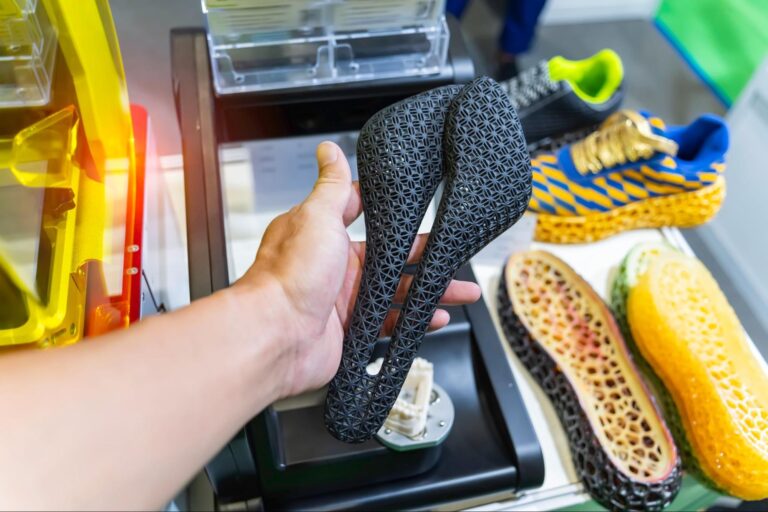Time to read: 5 min
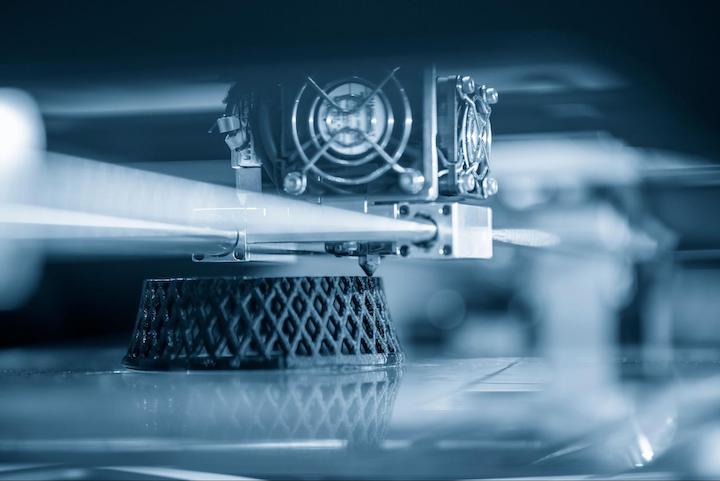
When technologies converge, innovation can occur at a staggeringly fast pace. Advancements in additive manufacturing and artificial intelligence are now poised to combine to achieve greater results than ever before, in far less time. That’s because AI can enhance and improve every aspect of the 3D printing process, from ideation to quality control. Read on to learn about five areas where AI is already supercharging 3D printing, or will be soon.
Artificial Intelligence: Strengths and Weaknesses
Before diving into the ways artificial intelligence impacts 3D printing, it’s important to understand AI’s strengths and weaknesses. AI is incredibly good at analyzing large datasets to find patterns, which makes AI systems incredibly adept at certain tasks.
While neural networks and machine learning algorithms have been around for decades, recent improvements have exponentially increased the speed of innovation. For example, advancements in large language models (LLMs) like ChatGPT make it far easier for anyone to interact with AI systems, and improvements to these models are occuring at an extraordinarily fast rate.
For now, AI is exceptional at handling fairly mundane or tedious tasks, while creativity and imaginative work are best left to humans, but AI is also improving in those areas. As many current AI models continue to improve and new ones are created, the impact on all areas, including 3D printing, will only increase.
Five Areas AI and 3D Printing Converge
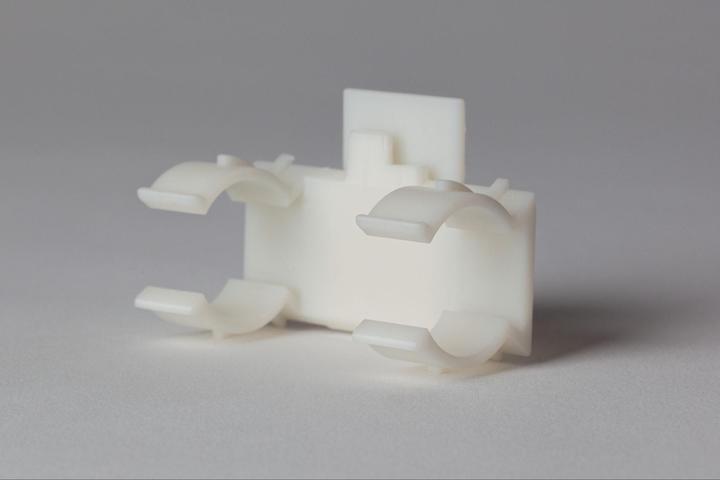
3D printing is a relatively new and fast-growing technology, so it’s positioned particularly well to benefit from innovations in artificial intelligence. Here’s how:
1. Better Prints, Fewer Errors
Quality control for 3D printing provides plenty of data for AI to learn from. Every print job involves quite a bit of data, from the CAD model, to the slicing, and often a print video. All of this data can be used in large AI models and combined with the outcome of the print as training data. Artificial intelligence models can find patterns to determine what combinations of design, slicing settings, and printer settings cause issues, and which result in excellent prints.
AI also can detect and correct failures on the fly — the models learn from and prevent defects and failed prints from happening. Spaghetti Detection is already here, and uses computer vision and machine learning to detect print failures. Before long, AI models will be able to adjust prints in real-time, resulting in better prints with fewer errors.
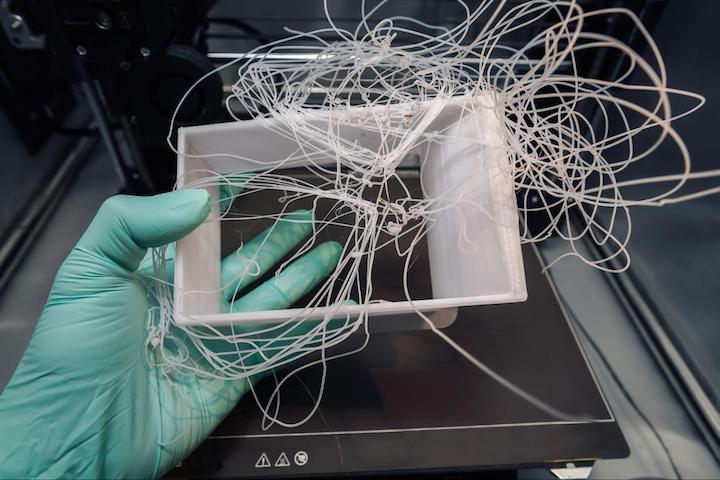
2. 3D Printing for Everyone
One of the key ways AI will impact 3D printing is by making the technology more accessible.
While 3D printing access has grown rapidly over the last few years, it still requires CAD and slicing knowledge and there is an art to getting it just right. Small tweaks to settings or print orientation can greatly impact a finished print’s quality and strength. AI can handle many of these tasks, which enables less technical users to achieve greater results. Alpha AI is an AI-assisted 3D slicing software already being used for dental applications to provide better performance and results with less effort.
3. DFM Copilot
Design for Manufacturing (DFM) is an essential aspect of good design. When designing a part, achieving the application’s needs is only half of the battle, DFM makes sure the design is capable of being efficiently manufactured as well.
With AI, users have a copilot working alongside them to make them more effective. For programmers, GitHub’s copilot helps programmers to write better code, faster, and it won’t be long before CAD software integrates a DFM copilot to assist designers. The vast datasets generated by analyzing various manufacturing processes provide an excellent training ground for machine learning algorithms. And just as AI can act as a copilot for writing code, for designers, a DFM copilot who can aid in the design phase may not be that far away.
4. Generative Design
Generative design is a design exploration process powered by user inputs describing parameters or desired outcomes from the design. Generative design allows designers to explore many different permutations of a design quickly with many iterations — and companies like Autodesk have already started baking generative design capabilities into their products.
Tools like ChatGPT, MidJourney, and Stable Diffusion can be used together to create original imagery based only on a description of the desired image. While these tools currently focus on 2D images, the next evolution is to move into 3 dimensional models. ChatGPT could be used to turn text prompts into physical, 3D-printed objects. And combining these tools with large amounts of data from MRI and CT scans will supercharge the ability to generate personalized medical devices.
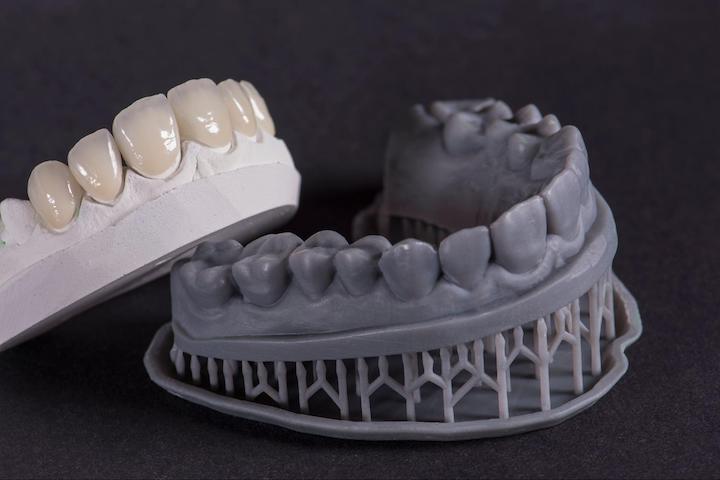
5. Material Science and Selection Innovation
Currently, 3D printing requires skilled technicians to tend to many tedious tasks, but offloading those tasks onto AI allows them to focus on higher value, creative, innovative tasks.
In addition to making technicians more productive, AI can also function as a tool for finding new and innovative material solutions. Limitations in material science often crop up in extreme applications that require high-performance parts. Aircraft turbines, for example, are often limited to 1200 °F due to material constraints, even when higher operating temperatures would result in better engine performance or greater efficiency.
With artificial intelligence and additive manufacturing, novel material combinations and designs can be developed to produce more powerful and efficient engines. AI can develop complex alloys, similarly to how the technology has advanced the science of protein folding in medicine. Additionally, AI may be able to help with novel designs that provide for greater performance.
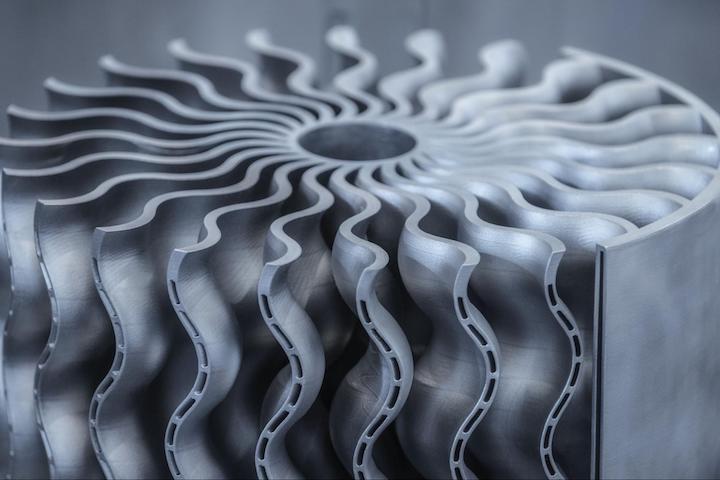
For 3D Printing, AI is Here to Stay
Artificial intelligence is advancing quickly and impacting so many aspects of our daily lives, and 3D printing is no different. Advancements in AI are making 3D printers better and making human operators more effective — freeing them to focus on higher-value tasks while producing higher-quality 3D prints. With AI, the widespread adoption of 3D printing will continue to accelerate at an even faster rate.
Sourcing Simplified – Start Your Next Project With Fictiv
For all your 3D printing (SLA, FDM, and others) and finishing needs, Fictiv has you covered. We’re experts at producing custom 3D printed parts in a variety of materials, and we simplify custom part sourcing with intelligent, streamlined, automated workflows. Fictiv is your operating system for custom manufacturing that makes part procurement faster, easier, and more efficient.
Create an account and upload your design today!










